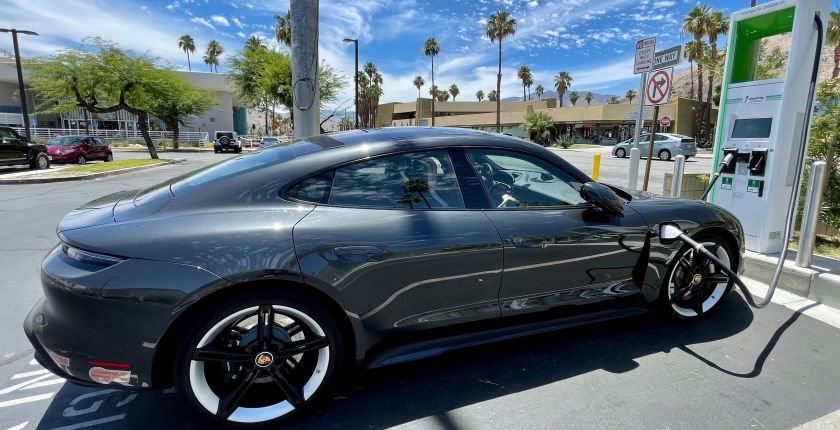
Bulgaria’s transmission system operator ESO signed a cooperation agreement with a group of organizations to set a target of installing 10,000 charging stations for electric vehicles within five years that would use green electricity.
Bulgaria should get adequate charging infrastructure for electric vehicles by 2025, according to a memorandum of cooperation between state-owned Electricity System Operator (ESO) and several stakeholders. It also foresees the installation of 10,000 charging stations, the Bulgarian Energy and Mining Forum said.
ESO, the country’s power transmission system operator, signed the deal with the National Association of Municipalities in the Republic of Bulgaria, Bulgarian Branch Chamber of Power Engineers (BBCE), Bulgarian Electric Vehicles Association (BAEPS), Electric Vehicles Industrial Cluster Elektromobili (IKEM) and Electric Vehicle Owners Association in Bulgaria (ASEB).
According to the document, ESO will provide access for the connection of charging stations to the transmission grid. The company operates 297 electric power substations throughout the country. The memorandum envisages the installation of both fast and slow chargers for electric cars, public transportation and trucks.
In its statement, the Bulgarian Energy and Mining Forum, a nongovernmental organization, said ESO expects the number of electric cars to reach 200,000 by the end of the decade. It means 600 GWh of electricity per year would be required for the fleet, which is seen growing to 3.5 million by 2050.
ESO forecasts that annual energy consumption of all road vehicles in Bulgaria, currently at 45 TWh, would become three times lower by mid-century due to massive deployment of electric models.
The partners said they would exchange information on the state of the infrastructure, need for locations and capacity, decision by national and municipal authorities and the financial estimates.
Building a countrywide network of chargers with green electricity will promote the utilization of renewables and environmentally friendly types of transportation, even in settlements located far from the main roads, the report said.